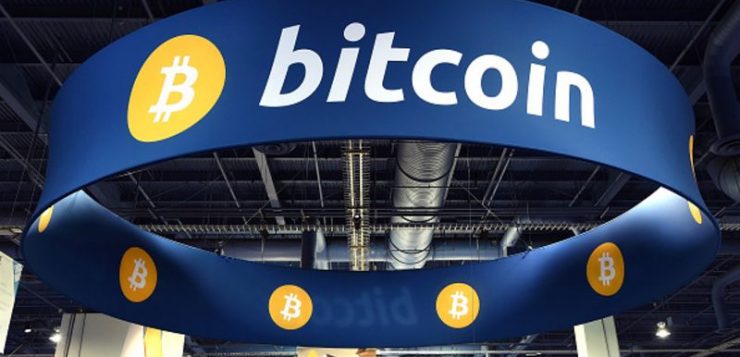The market is at a crucial juncture in the waning days of 2017.
Bitcoin has had a terrific year overall, thanks to a small but dedicated set of believers in the disruptive power of cryptocurrencies who have also enabled many other individual investors to participate in the eye-popping phenomenon. Yet after bitcoin’s value fell by more than a third in just a few days last week, and as exchanges struggle to cope with all the investor activity, the market finds itself at an important juncture — perhaps even a defining one. Either this sharp price correction will act as a catalyst for expanding what, until now, has been quite limited institutional involvement in this market — or it will become a stage in the deflation of a remarkable and historic asset bubble.
Bitcoin hit several milestones as it surged from around $1,000 at the beginning of the year to a record of nearly $20,000 last week — from the introduction of bitcoin futures trading on the CBOE and CME to the emergence of specialized investment products. Most importantly, these events fueled a growing appreciation of the potential of blockchain technology, the innovation underlying bitcoin.
Also notable is what has failed to happen. At least until now, with the exception of China, bitcoins have yet to attract the type of government intervention and regulation you might expect on the basis of traditional concerns about consumer protection, money laundering and other criminal activity, and even financial stability.
Also absent is a significant erosion in what, as illustrated by recent data from the U.S. Commodity Futures Trading Commission, remains a notably segmented investor base. The “longs” — that is, those who bought bitcoins outright, either as an investment or as a trade — are dominated by individual (“retail”) investors; the “shorts” — those who sold in anticipation of covering their position profitably at a lower price — are anchored by a more professional class of market participants. Meanwhile, large institutional investors (such as traditional mutual funds, Wall Street banks and established hedge funds) have generally remained on the sidelines, even though their involvement is key to bitcoin’s sustainability.
After bitcoin experienced one of the biggest roller-coaster weeks in its young history, the most important question facing it is whether the recent price correction will prove to be what market participants refer to as “healthy” — specifically, one that serves to shake out excessive irrational exuberance, provides for the entry of institutional investors, encourages the development of market-deepening products, and widens and balances out the investor base and the product offering.
Were this to occur, it would help bitcoin — as well as its growing universe of cryptocurrency peers — develop deeper structural roots, reduce the probability of a heavy-handed regulatory response, and lower the threat of a price crash. Absent this, not even the deep commitment of true believers will be enough to protect individual retail investors who would end up experiencing a price appreciation and collapse that would rival even the biggest investment bubbles in history.
Read more at:
https://www.bloomberg.com/view/articles/2017-12-26/this-may-be-bitcoin-s-moment-of-truth







